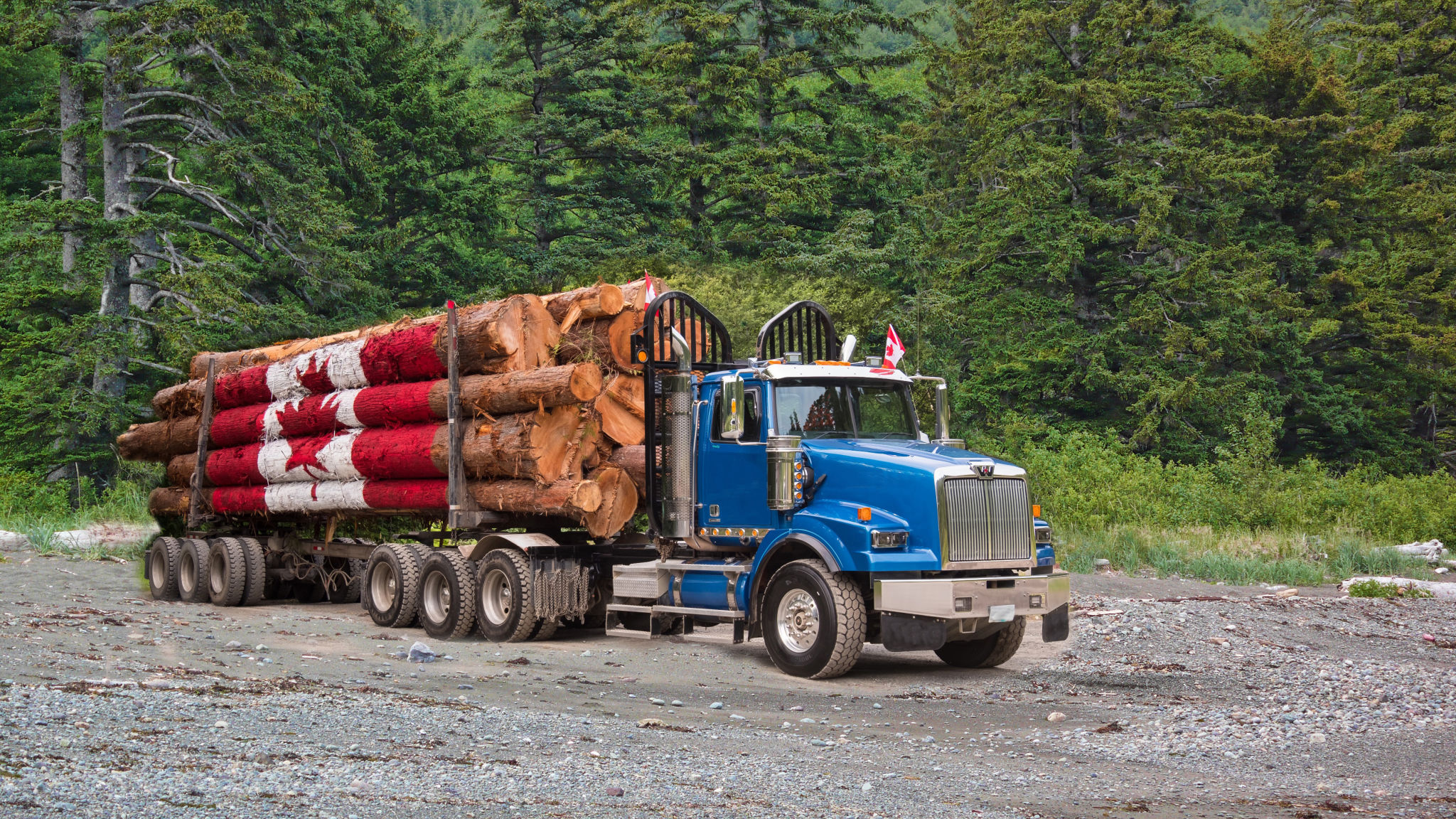Case Study: Successful Timber Transportation Projects in Rural Texas
Overview of Timber Transportation in Rural Texas
Timber transportation in rural Texas presents unique challenges and opportunities. The expansive landscapes and remote locations make logistics complex, yet the abundance of natural resources offers significant economic potential. This case study examines successful timber transportation projects that have navigated these challenges and capitalized on opportunities.
Effective timber transportation requires meticulous planning and execution to ensure timely delivery while maintaining the integrity of the wood. In rural Texas, where infrastructure can be limited, innovative solutions and strategic partnerships have been key to success.

Challenges Faced in Rural Texas
One of the primary challenges in rural Texas is the lack of developed infrastructure. Many areas lack paved roads, making it difficult for heavy vehicles to transport timber efficiently. Weather conditions, such as heavy rains, can further deteriorate road conditions, causing delays.
Another challenge is the distance between timber sources and processing facilities. Long distances increase transportation costs and require robust logistical strategies to ensure efficiency. Ensuring compliance with environmental regulations adds another layer of complexity to the transportation process.
Innovative Solutions Implemented
To overcome these challenges, companies have developed innovative solutions. For example, some projects have invested in the construction and maintenance of private roads. These roads are designed to withstand heavy loads and adverse weather, ensuring year-round access.
Advanced technologies like GPS tracking and real-time data analytics have been employed to optimize routes and reduce fuel consumption. By analyzing traffic patterns and road conditions, companies can adjust routes dynamically to avoid delays and minimize costs.

Collaborative Strategies for Success
Collaboration has been a hallmark of successful timber transportation projects in rural Texas. By partnering with local authorities, companies have been able to improve infrastructure and streamline permitting processes. These partnerships often lead to mutually beneficial outcomes, enhancing economic development in the region.
Additionally, collaborations with local communities have fostered goodwill and facilitated smoother operations. Engaging with community leaders ensures that projects align with local interests and gain necessary support.
Environmental Considerations
Environmental sustainability is a critical aspect of timber transportation. Successful projects prioritize minimizing environmental impact through practices like reforestation and sustainable harvesting. Compliance with state and federal regulations is essential to maintain ecological balance.
Companies are also exploring alternative energy sources for transportation vehicles to reduce carbon footprints. Electric and hybrid vehicles are being tested to assess their feasibility in rural settings, paving the way for greener operations.

Case Study Highlights
The success stories in rural Texas highlight several key strategies that have proven effective. Below are some exemplary outcomes:
- Reduction in transportation costs by up to 20% through optimized routing.
- Improvement in delivery times by 30% due to enhanced infrastructure.
- Increased community engagement resulting in smoother project execution.
These achievements underscore the importance of innovation, collaboration, and sustainability in overcoming the challenges of timber transportation in rural areas.
Conclusion
The case study of successful timber transportation projects in rural Texas demonstrates how challenges can be transformed into opportunities through strategic planning and innovation. By investing in infrastructure, leveraging technology, and fostering collaborations, these projects not only boost economic growth but also set a benchmark for sustainable practices.
As the demand for timber continues to grow, the lessons learned from these projects can serve as a blueprint for similar initiatives across the globe, ensuring that natural resources are transported efficiently and responsibly.
